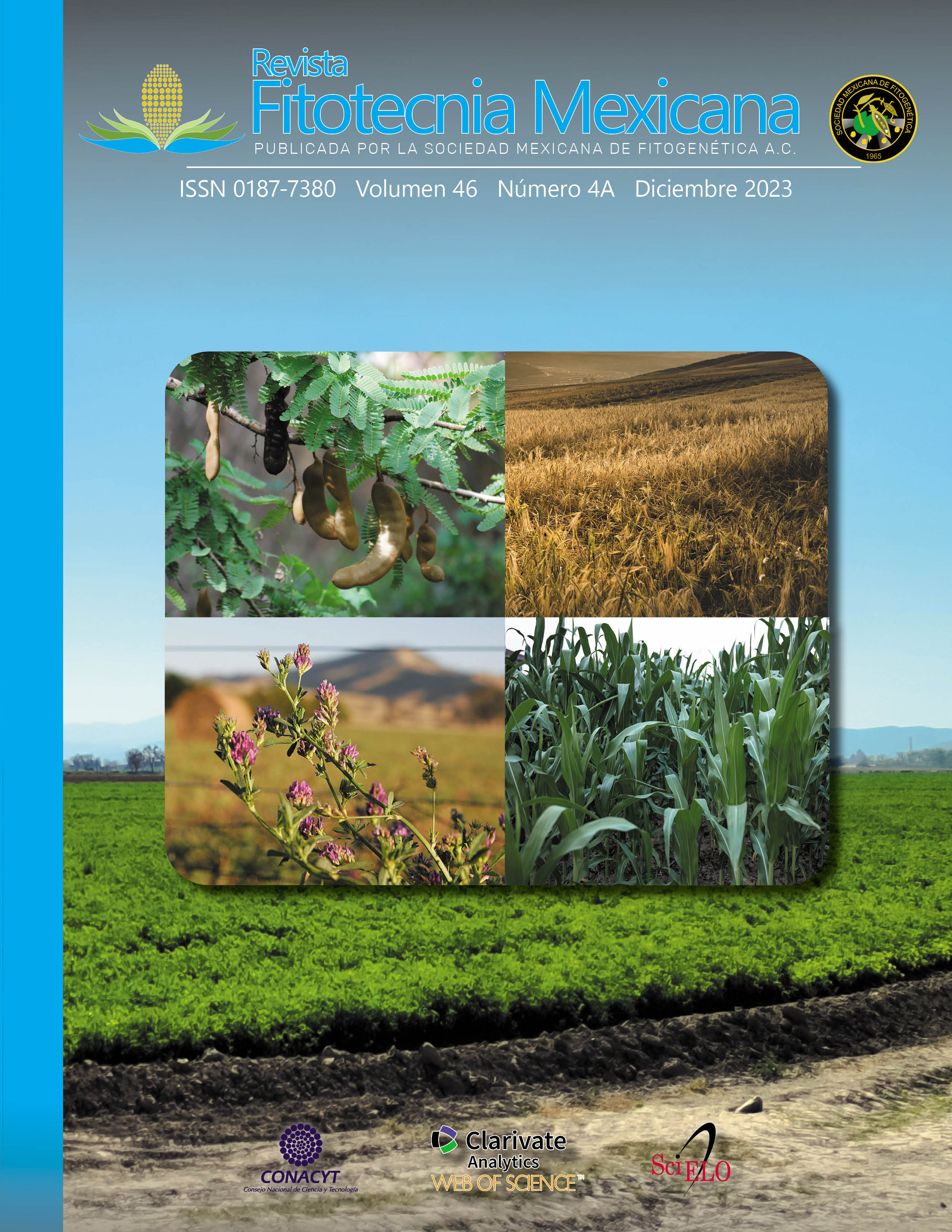CHEMICAL COMPOSITION AND in situ DEGRADABILITY OF TAMARIND (Tamarindus indica L.)
Main Article Content
Abstract
Mexico is one of the main producers of tamarind (Tamarindus indica L.) in the world and Jalisco is among the states with the highest annual production. However, a large part of the production is not harvested due to a low sale price or because it does not meet the quality standards of food companies, so a significant volume is discarded annually. The objective of this study was to evaluate the chemical composition and in situ degradability of the tamarind fruit as a possible non-conventional ingredient to be used in ruminant diets. The chemical composition and in situ digestibility (DIS) of the dry matter (DM) of the whole fruit (WF), seedless pulp and shell (PSS) and mature fruit shell (RFS) were determined. For DIS, two Holstein steers with permanent ruminal cannula were used to incubate in quadruplicate each of the experimental treatments for 4, 8, 16, 24, 48 and 72 h. The percent DM, crude protein, and protein content were calculated for each treatment. The percentage DM, crude protein (CP) and ethereal extract (EE) were not different among treatments (P > 0.05); however, shells showed higher OM and cell walls content, compared to WF and PSS that showed lower values. In situ DM degradability showed differences among treatments (P > 0.05), where tamarind pulp had the highest values, followed by WF and RFS, due to a higher availability of the carbohydrates contained in the pulp. According to its chemical composition and digestibility, the whole fruit and pulp of tamarind are an alternative as non-conventional feed ingredient for ruminant.

